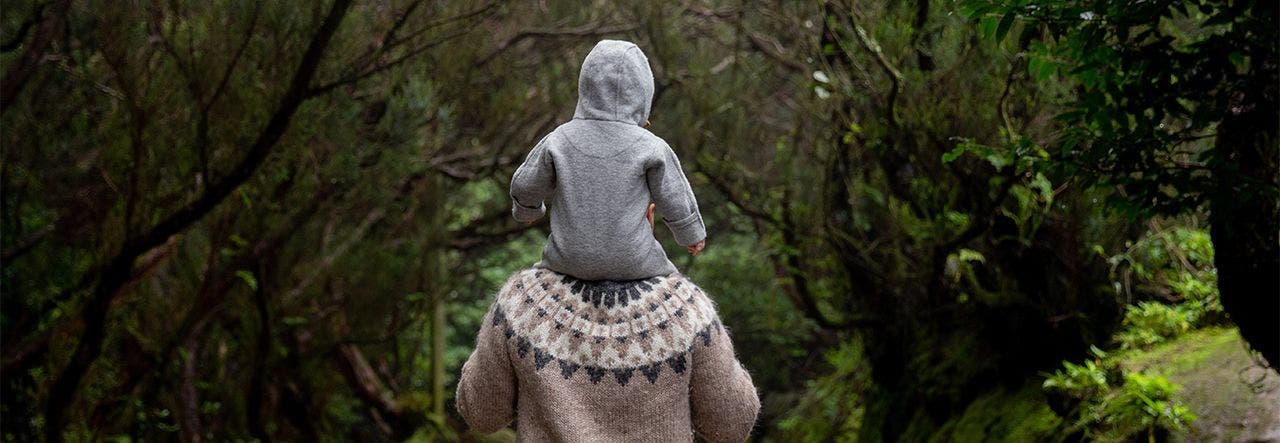For being so small, babies (and children in general) sure can accumulate of a lot of STUFF. From bottle warmers to binkies, toys to swings, the gear adds up fast. Of course, this means that your family’s eco-footprint gets bigger, too.
But, does it have to be that way? Short answer: no! While certain baby items, like a trusted crib mattress, are a must when it comes to your little one’s safety, a lot of the stuff is just … stuff. Buying less is a great first start, but there are so many ways to parent more sustainably.
Whether you’re a new parent, a seasoned veteran or even an experienced grandparent, there’s always something new to learn – and Earth Month is the perfect time to learn more about sustainable living!
Why Sustainable Parenting Matters
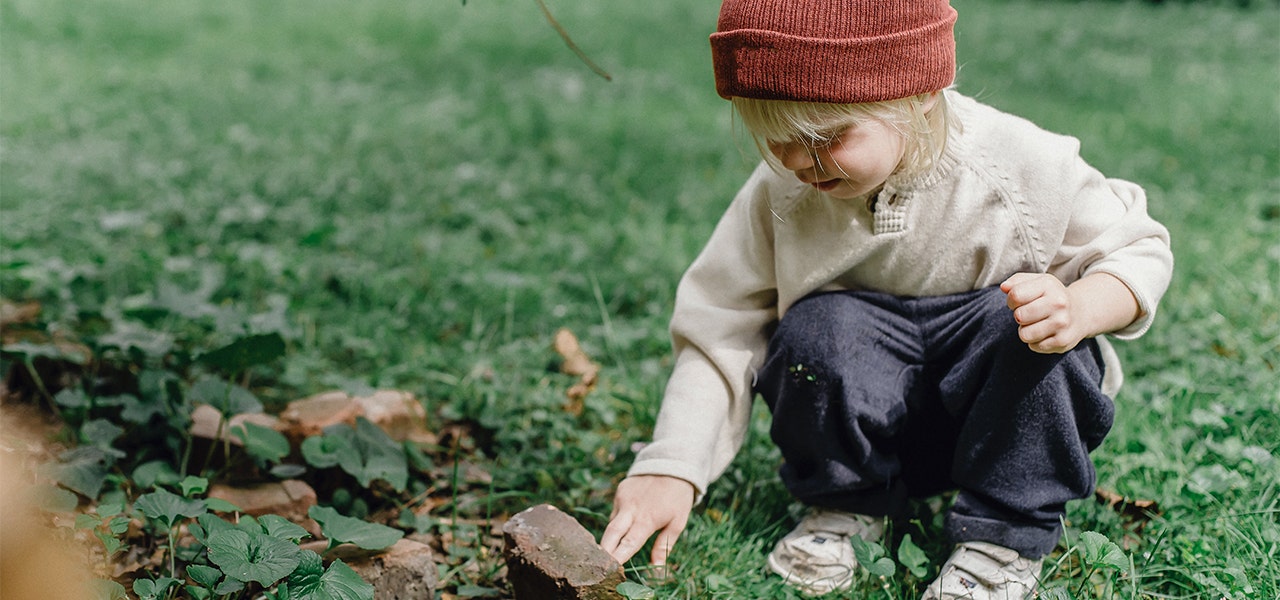

It seems each day there are more and more headlines regarding an environmental crisis or a new environmental risk right in your own home. For parents, this can be a huge cause for concern. What kind of planet are we leaving behind for our kiddos? And, how safe are we now?
The truth is that environment is everything – whether that’s the environment inside of our homes or outdoors. Our surroundings serve as the foundation for health. Think: just how clean is the air we’re breathing? Learn more about the potential toxins in your home here.
Not only does sustainable parenting result in a healthier home and quality of life, but it also teaches children at a young age that they too are responsible for the wellbeing of our planet, today and tomorrow. Sustainable parenting practices create endless teachable moments for children to learn how precious our planet truly is.
Step 1: Foster a Love of Planet
The more you appreciate something, the more you take care of it, right? That’s why teaching kids simply to love the beautiful outdoors is our first step in sustainable parenting. There are many ways we imprint our love for the Earth on our children and – great news – they’re fun!
Perhaps the most obvious is cutting down on screentime and just getting outside to play. Learning to love nature can be as simple or grandiose as you want it to be. Some of our favorite family-friendly outdoor activities include:
- Hiking
- Camping
- Walking the dog
- Caring for a garden
- Shopping at local farmer’s markets
Don’t forget the fun you can have inside, too! For example, try preparing fresh, healthy meals together made from Mother Nature’s finest ingredients or reading storybooks that help kids better understand the environment and why it matters.
Our Top 12 Sustainable Parenting Ideas
Sustainable parenting doesn’t have to feel overly challenging! Although it requires a bit more responsibility, it can be an enriching way of life. We’ve come up with a helpful list of ideas to guide you.
1. Shop Organic
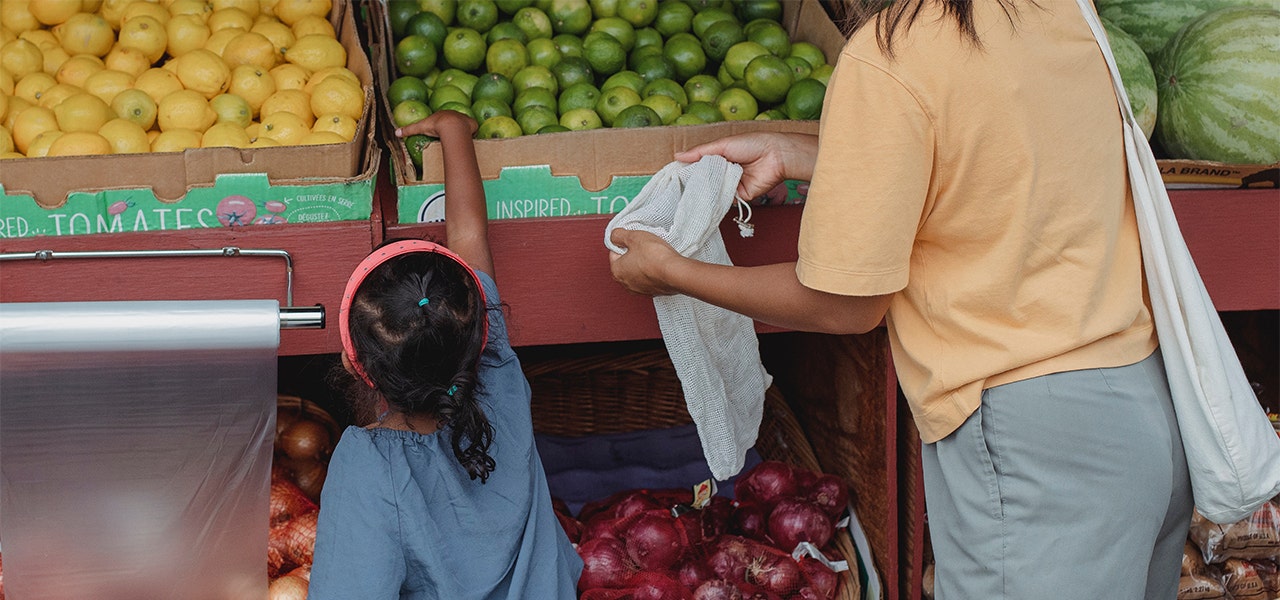

Of course a GOTS certified organic mattress manufacturer is going to start with this one, but it’s HUGE. Certified organic foods and home products are safer and healthier for you, your family and the Earth. Period! These items are grown or made from materials that are grown without the use of GOTS-prohibited pesticides and questionable chemicals. Similarly, products with certain certifications have been screened for unacceptable levels of toxic off-gassing chemicals that can hurt your health and the planet’s.
Learn more about the GOTS organic certification, which we rely on here in the mattress and bedding industry. We're also certified by EWG VERIFIED®, MADE SAFE® and GREENGUARD® Gold – so you can trust our mattresses and bedding options are chemicallty safer!
2. Dispose of Old Mattresses Responsibly
Speaking of mattresses … investing in a new mattress any time soon? Be sure to dispose of your old one responsibly. An estimated 20 million mattresses end up in landfills across the U.S. each year. And, if your current mattress isn’t certified organic, it’s leaching a whole slew of toxic chemicals into the soil. Sometimes donating or recycling your mattress is a possibility. Learn more about this process here.
3. Cut Down on Single-Use Plastics
It may go without saying that anything you use once can be seen as wasteful. Although convenient for busy parents, single-use plastics are not a sustainable option – or a healthy one since many contain damaging endocrine disruptors. Try switching to BPA free reusable plastic or investing in stainless steel, glass or wooden materials and ditching plastic altogether.
4. Conserve Energy
Make a habit of turning off lights, powering devices down or unplugging electronics when not in use. You can also consider investing in a programmable thermostat that will lower your home’s temperature at night – which actually makes for a better, more sleep-inducing environment for you and your little ones!
5. Buy Second-hand


Children outgrow clothes so quickly! Instead of buying everything new, buy used or ask for hand-me-downs. The same concept can be applied to maternity wear as well. You can even extend this mentality to your children’s toys, books, bedroom furniture and more.
6. Consider Cloth Diapering and Wipes
Diapers are one of the most used baby items. While there are non-toxic diapers available, cloth diapers seem to be the most sustainable option. Today, there are cloth diaper services available in certain areas that are convenient and will drastically cut down on the number of diapers going to a landfill each year.
Ditch the disposables wipes while you’re at it and invest in reusable wipes that you can toss in the washer once they’re soiled. Remember, anything single use is not sustainable!
7. Compost as a Family
Composting your kitchen scraps such as fruits and veggies, coffee grounds, tea bags, eggshells, etc. is fantastic for the Earth – and your yard! Teach your kids how composting works, and you’ll have a pretty cool science project on your hands, too. Just do your research first so you don’t toss items that don’t belong into your compost bin.
8. Eat Out Less
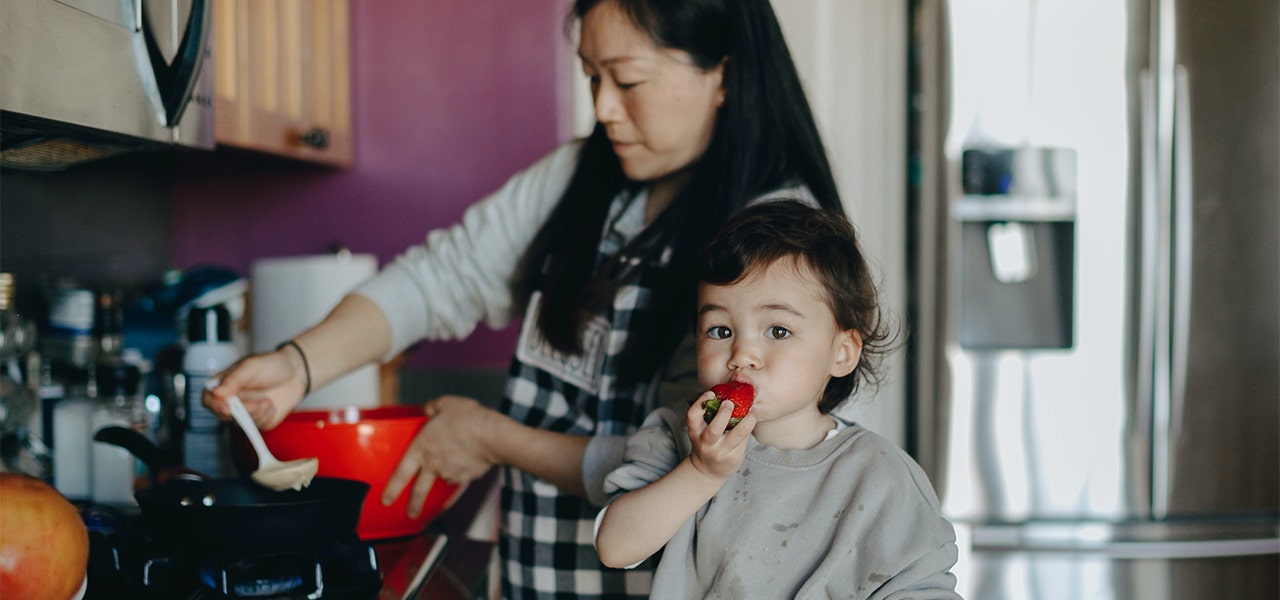

Not only is it healthier and more cost effective to prepare fresh meals at home, it’s also most sustainable. The majority of take-out and delivery options come with excessive single-use plastic packaging. And, it’s a lot harder to monitor if you’re consuming organic foods.
9. Do Laundry Smarter
The kid clothes, reusable wipes and cloth nappies will add up. There’s a more sustainable way to do laundry, though. Try to only wash full loads keeping the temperature cold. Instead of tumble drying, you can try line drying. Investing in certified non-toxic and refillable laundry detergent and other products will be helpful and healthier as well.
10. Walk, Bike and Move!
Cut down on your carbon footprint as a family by driving less and walking, biking, scootering or whatever whenever you can do. This is a great way to get outside and do something healthy and fun together as well. Bonus benefit: the exercise and time spent in natural daylight will help you and your kiddos sleep better, too!
11. DIY When You Can
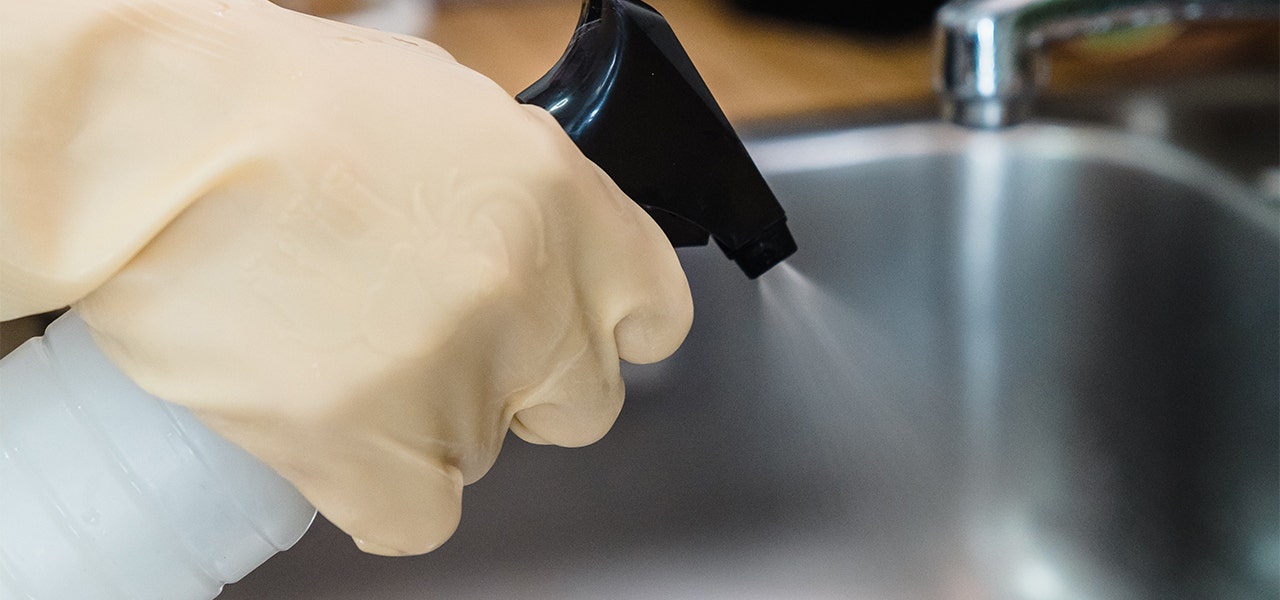

From cleaning solutions to home decorating, there are so many ways to shop less and create more. This means bringing fewer toxic chemicals into the home and dumping less waste in landfills. Plus, mixing up DIY cleaners and working together on projects around the house can be a fun activity for you and your little helper.
12. Find Your Tribe
Living a sustainable lifestyle and practicing sustainable parenting can feel isolating. It’s important to find your community of those who share your same beliefs, values and lifestyle and are raising children with the same love and appreciation for the Earth as you are. Trust us, the support and inspiration can go a long way!
Remember to Lead by Example!
Children are incredibly observant and learn things faster at a young age when their minds are more susceptible. Because children will often mimic the behaviors of their parents, it’s important to lead by example. If you as a parent are not living a sustainable lifestyle, it’s likely your children won’t either. Practice what you preach, right?
We hope these helpful tips on sustainable parenting have inspired you creatively and left you feeling empowered to better educate your children and share a love for Earth together. Now put down the screen you’re reading this on and go get outside!
Check out our tips on designing an eco-friendly nursery!
 BABY
BABY  KIDS
KIDS  ADULT
ADULT  LEARN
LEARN  STORES
STORES 